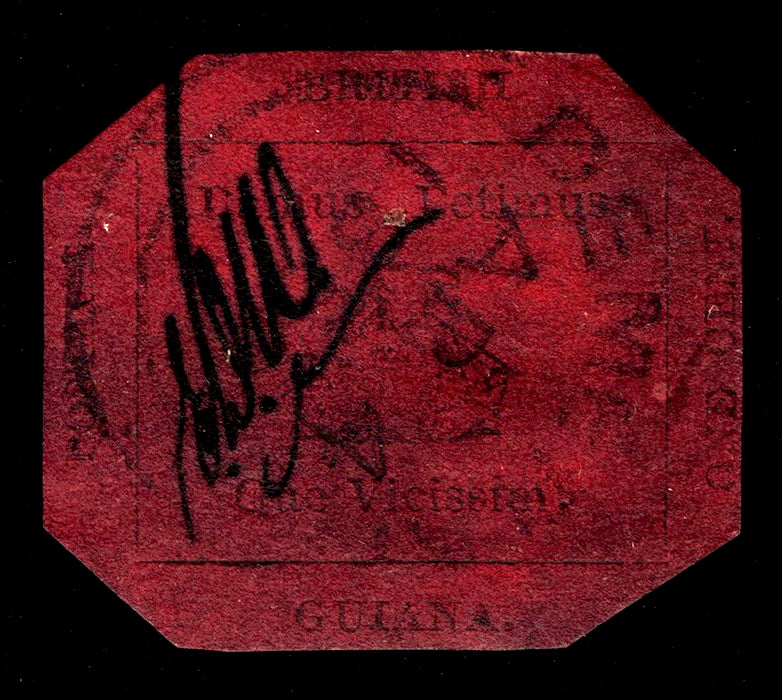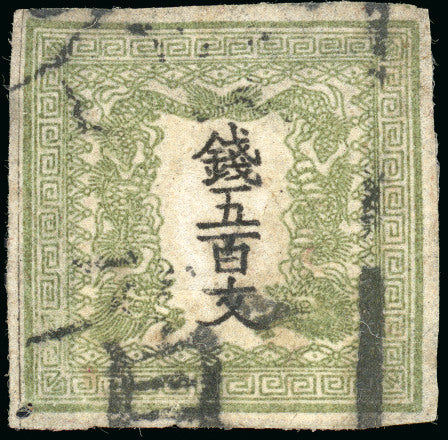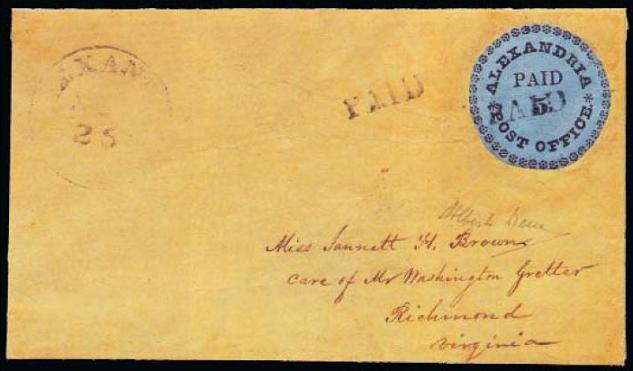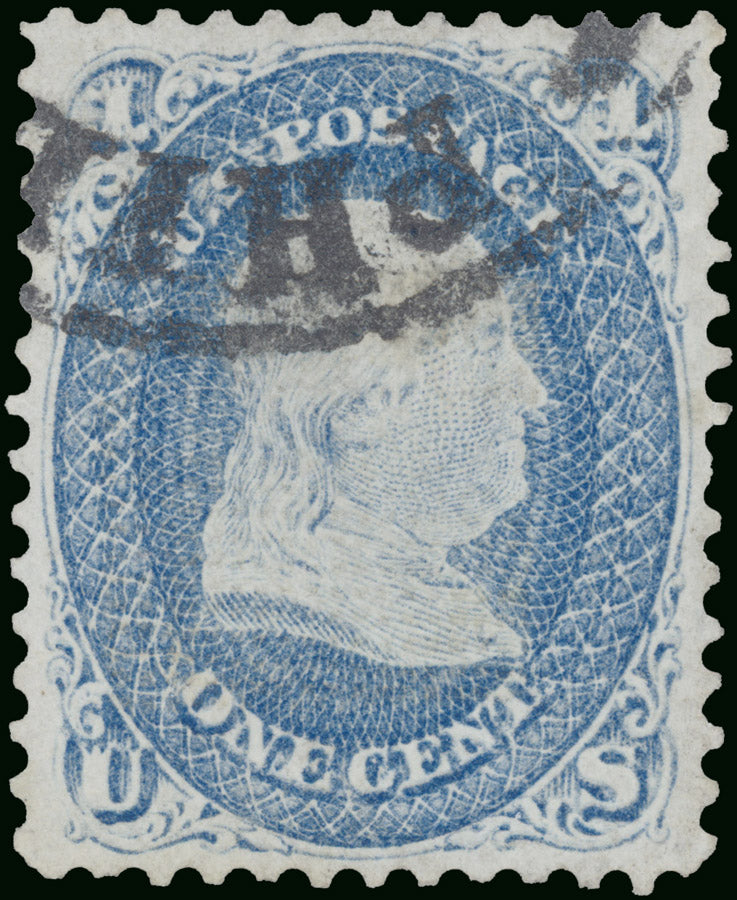As rarity is the chief driver of value for any collectible, knowing what the world’s rarest stamps are is the quickest way to find the world’s most valuable stamps.
There are exceptions.
Some stamps are pretty rare without being very valuable.
But no really valuable stamp will not be rare.
What is a rare stamp?
Rarity is a relative term here.
We can only record and number those stamps that we know exist.
In some cases there is an exact, recorded number of stamps.
For example, with some errors or other special issues, the number of incorrect stamps printed is known.
The stamp industry is extremely keen on numbers and records.
However, once any stamp gets issued into circulation it becomes somewhat more complicated.
Stamps that are now considered rare to collectors may have been issued in quite large quantities.
These were utilitarian items meant to be used once and then chucked away.
And most of them were.
Even if a very rare stamp is preserved somehow, it needs to come into the possession of someone who knows what it is and what its value is.
That’s always the hope for any stamp collector; that somewhere in a bag of mixed stamps, or hiding on an envelope used as a bookmark in a second-hand book there is an undiscovered gem.
That’s why many of us keep looking.
What is a stamp?
It also matters how you define an individually distinct stamp, or usually a version of a stamp.
Most philatelists follow the classification within a standard catalogue (Scott in the US, Stanley Gibbons in the UK), but new scholarship and even opinion can move the lines here.
At what stage does a variation on a stamp - an overprinting, a particular characteristic of an error - make it a distinct, unique issue?
What production stages - essays, proofs, design drawings, imprimaturs, test prints - count as separate issues.
Where does a group or strip or block of stamps sit?
And, what of used stamps or postal items with stamps in a unique combination?
I’ve seen one figure of 500,000 used as the total for unique, individual stamp issues (globally to the early 2020s). Around 10,000 to 15,000 new issues are added each year. It’s hard to know how accurate that number is.
With those caveats, here are:
The World’s rarest stamps
British Guiana 1c magenta

Signed to protect its integrity, this simple item may be the most valuable stamp ever.
The uniqueness of this stamp is as an only-known-example.
But it was so limited in its initial issue and so old that any other examples are very tiny needles in a very big haystack.
It was printed, primitively, in British Guiana (now Guyana) in 1856.
It was most recently sold In 2021 for $8.3 million and has four times set the world record for a single stamp at auction.
It is reportedly the only GB or British Commonwealth stamp not in the royal collection
The stamp was issued as an emergency measure when a delivery of stamps didn’t arrive in Georgetown, the capital of British Guiana.
Without all the tech needed to produce forgery proof stamps the post master ordered his clerks to sign each stamp when used. The EDW on the example we know is Edmond D Wight.
(Paranoia about forgery has been a feature of postal issues that is very useful to collectors. Some of the world’s greatest rarities, including the soon-to-be auctioned z grill 1c Benjamin Franklin are the result of costly, complex attempts to address a problem that was minor at most.)
The stamp came into the collecting world via Neil McKinnon in 1873. He paid six shillings to a schoolboy for it. Since then it has passed through some very famous collections, including the Ferrary Collection.
Sweden Treskilling Yellow

No-one likes an error, except stamp collectors who love them as valuable rarities.
There could be more Treskilling yellows out there.
It is so rare because there aren’t supposed to be any.
This 1855 issue was the lowest denomination example in Sweden’s first ever stamp issue.
It should be blue-green, but a mix up in the printing house (what exactly is the subject of speculation) meant it was printed in the yellow-orange meant for the 8 skilling stamp.
How many were printed is not known, though it seems likely that a complete plate of 100 could have been issued.
No-one noticed though (it’s rare for errors to get into circulation) and this stamp has a cancellation.
No other treskilling yellows have ever yet been found.
Again, its history is well documented.
It was brought by a dealer in 1886 for 7 kronor and passed into the Ferrary collection in 1894 for 4,000 florins.
A number of high profile collectors, including King Carol II of Romania, have owned the stamp. In the 1980s and 90s it set three successive records as the world’s most valuable stamps, topping out in 1996 at 2.88 million Swiss francs.
It is now in Sweden, in the hands of Count Gustaf Douglas.
A couple of storms have engulfed the Treskilling.
In 1974 the Swedish Postal Museum assessed the stamp with a view to adding it to their collection and speculated that it might be forged. It’s now generally accepted as genuine.
And in 2012 a couple sued a British bank claiming that they had stored nine of the super-rare stamps in a vault there that had subsequently vanished.
They lost the case, and there remains just the one known example.
Japan 1871 500 mon inverted centre

This error is similar to the "Inverted Jenny" the world's most famous rare stamp.
The most famous error stamp can’t make this list, because we know that there are 100 of the Inverted Jenny in the world.
Though Jennys in some combinations are in single digits we think there is just one of this Japanese invert.
The stamp was one of the first ever Japanese issue, the 500 mon value making it the most valuable of that set.
A single sheet came out with this inversion during the two-stage printing process.
It’s a relatively recent discovery though, coming to light in 1973. An American buyer picked up the error. I must confess, my ignorance of pictograms means that I would struggle to notice the inversion.
Its first sale was for $75,000, and it made $5.5 million at auction in 2023.
US 1847 Alexandria "Blue Boy" Postmaster's Provisional

There is only one of this 1847 local issue on blue paper.
Another six on buff are also extremely valuable.
In 2019 the Blue Boy sold for $1.18 million.
It has a lovely story too. It was used to send a secret love letter, with instructions to the recipient to burn after reading. Fortunately they did not.
Provisional issues, emergency printings, overprints and the like record failures of standard postal systems.
In this case, it was the US Congress’s oversight in not authorizing the printing of stamps with the same legislation that standardised postal rates across the country.
Local postmasters took it upon themselves to make their own stamps, and the Blue Boy is a relic of such an effort from the postmaster, Daniel Bryan, of Alexandria in Virginia.
Even though the colour makes this survival unique and we know they were produced in limited numbers we also know they were printed in pairs. At some point in time there was at least one other Blue Boy.
The Blue Boy sits in disputed territory. It is a provisional, local stamp - should it be counted? Not everyone agrees, including the Scott catalogue, which wasn’t valuing it as recently as 2013.
One buyer at least didn’t care.
Other very rare stamps include:

Expect to hear a lot more about this stamp, the world famous z grill, soon.
1 cent Benjamin Franklin z grill stamp of 1868. There are two known examples of this stamp, one of which is due for sale in June 2024. It is likely to become the world’s most expensive single stamp in that sale. There are just 4 of the similar b grill stamps and almost all of this short-lived anti-forgery issue are rare and valuable.
2 cent 1851 Hawaiian “missionary” stamps, of which there are 16 known examples, only one of which is unused.
Mauritius 1d red and 2d blue. There are 2 known unused examples of the red and 15 in total. The 12 2d blues make up a total of only 27 known examples of both stamps in total. Some used covers, The Bombay Cover and the Bordeaux Cover, combine them to make unique philatelic artefacts.
1859 ½ Grano Blue error of colour Kingdom of the two Sicilies. This stamp should have been orange and only two have ever been found. One sold for around $2 million in 2011.
The Baden 9 Kreuzer Error. There are four known examples (3 used, 1 mint) of this colour error from a German state that substituted green ink for pink. It seems likely a printer got his 6s and 9s upside down. It’s likely that at least a full sheet was printed so there may be more. This is another rarity to pass through the Ferarry collection, an example has also been a world record holder, and the most recent sale was for over $1 million in 2008.
Buying rare stamps today
Few of us will be able to shop for the world’s rarest stamps.
I think every philatelist should have a look at this list though, and others like them, just in case… I mean, you never know what might turn up.
We sell many rare stamps and you can see what we have on offer here.






